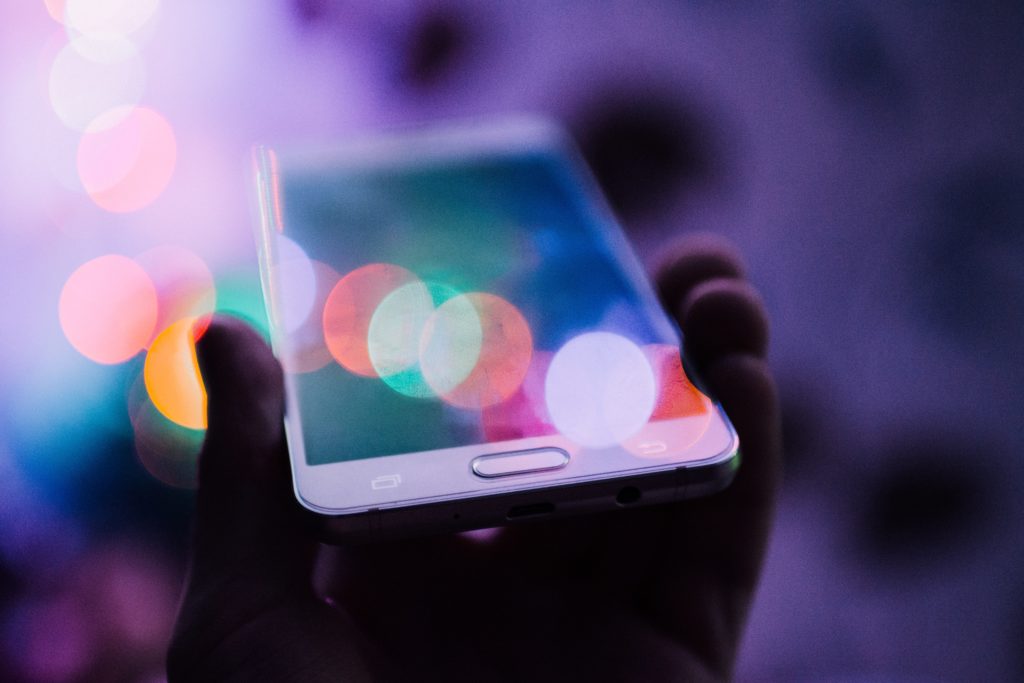First Apple, and now Google are tightening privacy and making life tougher for game developers who rely on in-app purchases — by Jens Lauritzson, CEO Flexion
All game developers spend a great deal of time and effort looking for users. Smart developers are looking for users who pay.
That was already a tough proposition. For most free-to-play games, only about 5% of players will make an in-app purchase. 95% are content to play your carefully crafted game for free — they pay you nothing.
Until recently, programmatic advertising has been saving the day. You set your budget and turn a handle and, hey presto, you get new users, a proportion of whom will make in-app purchases. You calculate your return, maybe make a few adjustments and do it all again. The point is that user acquisition was easy. You invest some money in ads and get more money back in IAPs. It has been a reliable strategy.
But all that is changing, and it’s set to change out of all recognition. User acquisition is set to get much harder. Various privacy measures are reducing the reliability of programmatic advertising for mobile games. What was once a laser-guided missile is becoming more and more like a blunderbuss. “App-tracking transparency (ATT) fundamentally alters the market for free-to-play mobile games,” according to media analyst Eric Seufert.
New privacy rules
Apple has already deprecated its ID for advertisers (IDFA) giving iOS developers much less data from their ad spend. At the beginning of the year, Google announced its Privacy Sandbox, on the face of it a step in the same direction. Last month, the Digital Marketing Act (DMA) came into force in the EU. This is aimed squarely at big tech companies like Google and contains both anti-monopoly and privacy measures. Its rules become mandatory in May 2023.
Google’s privacy sandbox is likely, at least in part, a reaction to the new rules. But the truth is privacy is a hot topic both for users and regulators around the world. It will alter the landscape for game developers significantly but we may as well accept this change as inevitable and adapt to the new reality.
There is some hope for Android developers. Apple, which primarily sells devices, took a blunt instrument to the problem and developers were faced with a step change. Google’s business is advertising, so it is likely to take an approach far more sympathetic to developers. On Google’s The Keyword blog, Anthony Chavez the VP in charge of the Privacy Sandbox said: “We believe that — without first providing a privacy-preserving alternative path — such approaches can be ineffective and lead to worse outcomes for user privacy and developer businesses.“
Google has already published its privacy plans but is open to adapting them in light of developer feedback.
So, Android developers may be in a better position to weather the storm than their iOS colleagues (although I appreciate that many develop on both operating systems).
Alternative app stores for Android already offer a way to boost game revenue for little effort and no up-front cost (at least if they use Flexion). For games that rely on IAPs for revenue, they may offer a useful stop-gap to retain income for developers while new privacy rules stifle the potential on iOS. Paid user acquisition through the alternative app stores may, for a while at least, allow you to continue to target those high-spending game players.
It’s likely that paid user acquisition through the alternative app stores will also become less reliable over time. However, to some extent, Huawei, Amazon, Samsung and others are the competition that the EU is trying to encourage to take on Google and Apple.
In the second part of this blog, Jens looks at what developers can do to maintain revenue in the new, more private gaming landscape.
